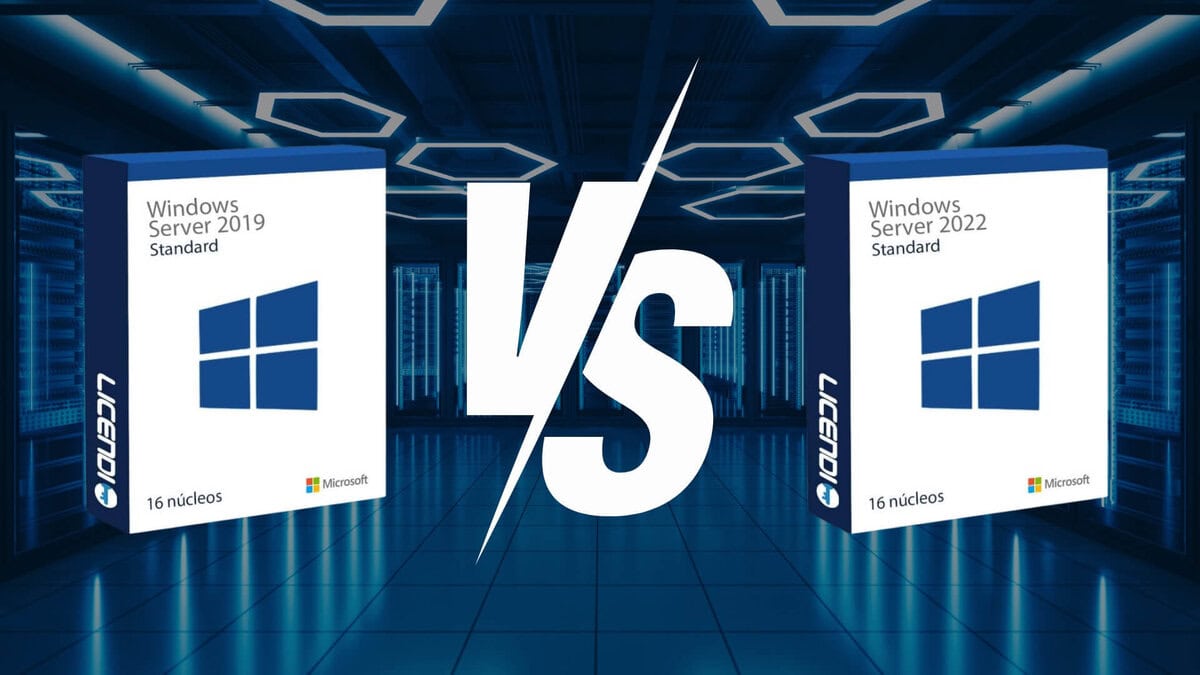Windows Server 2022, Microsoft’s latest server operating system, offers numerous improvements and new capabilities compared to previous releases. This article outlines a step-by-step migration process from Windows Server 2019 to the current 2022 version, focusing on planning, preparation, and verification to ensure a smooth and successful transition.

Preparing for Migration
Before beginning the migration process, it’s essential to conduct thorough preparation and assessment of the existing infrastructure. This evaluation helps identify potential issues, plan necessary steps, and allocate resources for a successful transition.
Assessing Current Environment and Infrastructure
During this phase, analyze the compatibility of existing hardware and software with Windows Server 2022. Tools such as the Microsoft Assessment and Planning (MAP) Toolkit or Azure Migrate can determine server and application readiness for migration while identifying potential compatibility issues.
It’s crucial to consider all dependencies between infrastructure components and applications. Create an inventory of mission-critical services and verify their compatibility with the new Windows Server version.
Planning the Migration Process
Based on the initial assessment, develop a detailed migration plan that includes:
- Comprehensive description of all required steps and tasks
- Realistic timelines for each phase
- IT team member responsibilities
- Testing and validation strategies
- Communication plan for all stakeholders
A clear plan helps structure the migration process, prevent oversights, and ensure coordinated team efforts.
Data and Configuration Backup
Creating complete backups of all critical data, settings, and system configurations is essential before beginning migration. This precaution enables quick system recovery if unexpected issues arise during the transition to Windows Server 2022.
Verify backup completion and test restoration capabilities. Continue updating backups regularly until migration begins.
Executing the Migration
After completing the preparatory steps, the actual migration process can begin. Depending on infrastructure requirements and business needs, organizations can choose between two primary approaches: new hardware migration or in-place upgrade.
Selecting the Update Method: Migration vs. In-Place Upgrade
A fresh migration involves deploying new servers with Windows Server 2022 and subsequently transferring data, applications, and settings from legacy systems. This approach enables infrastructure optimization and configuration improvements while eliminating accumulated issues. However, it requires significant effort and careful planning.
An in-place upgrade involves installing Windows Server 2022 over the existing system while preserving data, applications, and most settings. While this method is simpler and faster to implement, it offers less flexibility and may perpetuate legacy issues in the new system.
Consider these factors when choosing an approach:
- Infrastructure complexity and scale
- Available resources and budget
- Data criticality and acceptable service downtime
- Long-term IT infrastructure modernization goals
Despite its complexity, migrating to new hardware typically presents the better option, allowing organizations to rebuild infrastructure from scratch and maximize the benefits of upgrading to the current Windows Server version.
Migration/Upgrade Implementation Steps
The chosen migration method involves these key steps:
- Preparing target servers with Windows Server 2022 (for migration)
- Installing and configuring necessary roles and components
- Migrating data, applications, and settings from legacy systems
- Redirecting users and services to new servers
- Decommissioning old Windows Server 2019 systems
Follow the established plan and document each step during migration. This documentation aids in rapid diagnosis and resolution of potential issues while simplifying future similar tasks.
Testing in an Isolated Environment
Before transferring production workloads to new Windows Server 2022 systems, thoroughly test all infrastructure components in an isolated environment. This verification ensures proper configuration, application compatibility, and performance optimization.
Replicate real-world usage scenarios specific to your organization in the test environment. Involve key users in testing to gather valuable feedback.
Updating Applications, Drivers, and Access Rights
Verify that all applications and device drivers are compatible with Windows Server 2022 before beginning the actual migration. Update to supported versions as needed.
Review and adjust user and group access rights according to organizational security policies and the principle of least privilege. This prevents potential unauthorized access and data leakage issues.
Post-Migration Activities
Migration completion marks a significant milestone but doesn’t conclude the Windows Server 2022 transition process. To maximize system benefits, focus on operational verification, staff training, and maintaining rollback capabilities.
Service and Application Validation
Following the workload transition to Windows Server 2022, comprehensive testing of all mission-critical services and applications becomes essential. This verification process helps identify and resolve issues that may have gone undetected during preliminary testing.
Implement performance and availability monitoring systems to quickly identify bottlenecks and potential infrastructure issues. Analyze collected metrics and optimize server and application configurations as needed to ensure maximum performance and stability.
Rollback Planning
Despite thorough planning and testing, unforeseen issues may arise after migrating to Windows Server 2022. A comprehensive rollback plan enables quick restoration to the previous stable state if necessary.
Develop detailed scenarios outlining conditions and procedures for reverting to Windows Server 2019. Include decision criteria for initiating rollback, steps for restoring previous configurations, and service functionality testing after rollback completion.
Regularly review and update the rollback plan as needed. Ensure involved personnel understand procedures and can execute rollback operations promptly if required.
Conclusion
The transition to Windows Server 2022 provides organizations with enhanced security, performance, and IT infrastructure management capabilities. However, realizing these benefits requires a structured and carefully planned migration approach.

Following the recommendations outlined in this article enables organizations to achieve a smooth and successful transition to Windows Server 2022 while minimizing risks and ensuring the effective operation of all services and applications.
This comprehensive strategy for validating system functionality, training personnel, and maintaining rollback capabilities allows organizations to maximize migration benefits while minimizing business risks. Regular monitoring and ongoing optimization ensure continued system effectiveness and reliability in the new environment.
I used to write about games but now work on web development topics at WebFactory Ltd. I’ve studied e-commerce and internet advertising, and I’m skilled in WordPress and social media. I like design, marketing, and economics. Even though I’ve changed my job focus, I still play games for fun.
